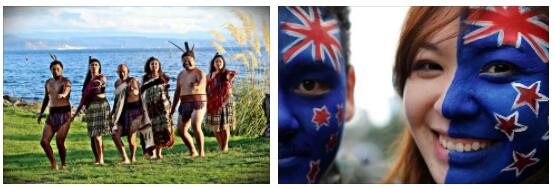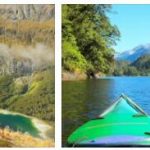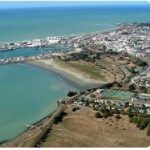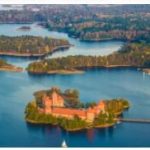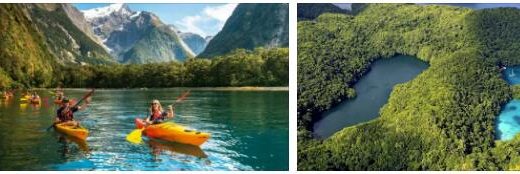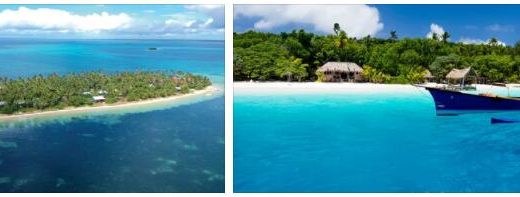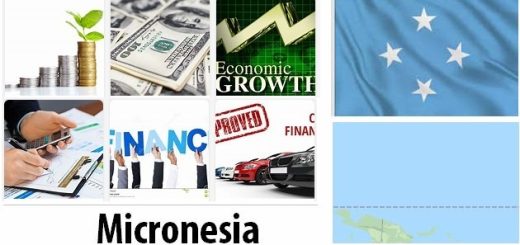New Zealand Overview
Geography and demography
| Capital city: | Wellington | ||
| Area: | 268,021 km2 (Denmark 43,000 km2) | ||
| Population: | 4,817 million (2017) | ||
| Language: | English (96.1%), Maori (3.7%), NZ Sign Language (0.5%) | ||
| Population: | 74 pct. European origin, 14.9 per cent. Māori, 11.8 pct. Asian origin, 7.4 per cent. from the Pacific area, and 1.2 per cent. Middle Eastern / Latin American / African Origins (2013) | ||
| Religion: | Approx. 48.9 pct. Christianity, 41.9 pct. without religion, 2.1 per cent. Hinduism, 1.5 pct. Buddhism, 1.2 pct. Islam, 0.5 pct. Sikhism (2013). | ||
History
Polynesians were the first to discover New Zealand in the period 950-1130. In the 18th and 19th centuries, European seafarers also discovered New Zealand, and the first Europeans settled in New Zealand in the 19th century. The Maori, however, are perceived as the indigenous people of New Zealand, but only about 14 per cent. of New Zealand’s population is today of Maori descent. On February 6, 1840, the Maori and English signed the Treaty of Waitangi. The treaty included that New Zealand was subject to the rule of the British Queen, while the Maori retained the right to control land in New Zealand.
Culture
New Zealanders are known for their kindness. During working hours they are formal in their attire and indictment, but in their free time they are a very relaxed people. There is also great respect for Maori culture, despite being a minority in New Zealand. Rugby is considered New Zealand’s national sport, while cricket, tennis and golf are also popular sports.
Government & Parliament
New Zealand is a constitutional monarchy and is subordinate to the English Queen Elizabeth II, who is represented in New Zealand by Governor-General Patricia Lee Reddy (inaugurated September 28, 2016). The New Zealand Parliament has one chamber, the House of Representatives, with 120 members.
In the last parliamentary elections on 23 September 2017, Jacinda Ardern was elected Prime Minister for the first time. The government, which was constituted on 26 October 2017, consists of the Labor Party (46 seats) and New Zealand First (9 seats) with the Green Party (8 seats) as the support party. In opposition are the National Party (56 seats) and ACT New Zealand (1 seat). The government and the supporting parties thus have a majority of 63 of the 120 seats in parliament.
Economy
Figures from the World Bank show that in 2016 New Zealand had a total GDP growth of 3.05 per cent. Australia, New Zealand’s largest trading partner, saw similar GDP growth of 2.77%. in 2016. In comparison, Denmark experienced a total GDP growth of 1.96 per cent in 2016. New figures from New Zealand show a growth of 0.6 per cent. in the third quarter of 2017. For the year 2018, the International Monetary Fund (IMF) expects GDP growth of 3%. According to the World Bank, unemployment in New Zealand has also risen from 5.1 per cent. in 2016 to 5.2 per cent. in 2017.
The absolute largest trading partner for New Zealand is Australia. Other major trading partners include China, Japan, the United States, the European Union and the ASEAN countries. New Zealand’s imports from Southeast Asia have increased significantly in recent years, particularly from China, Singapore and South Korea. Exports of dairy products and meat play a prominent role in the economy. Exports of goods from the manufacturing sector and forestry also play an important role, while wool production is not as significant as before.
A powerful earthquake on 22 February 2011 hit Christchurch on the south island of New Zealand. 185 people died, which is the second largest number of deaths in a natural disaster in New Zealand’s history. A similar earthquake had struck the same region on September 4, 2010. The economic consequences of the devastation associated with the earthquakes are in the billions, and the reconstruction work has created significant pressure on public finances but has also created a boom in the construction sector.
Foreign policy
New Zealand’s relationship with Australia is central for both economic and security policy reasons. The two countries together form a free trade area and work closely together in the field of defense. Both countries have i.a. sent troops to East Timor, Iraq and Afghanistan.
New Zealand was a non-permanent member of the UN Security Council for the period 2015-16.
New Zealand is actively working for increased free trade, especially under the auspices of the WTO, and is also actively participating in APEC (Asian-Pacific Economic Cooperation). New Zealand was the first country to conclude a bilateral free trade agreement with China in 2008, and has a total of 10 existing free trade agreements with 14 countries. In addition, New Zealand has concluded negotiations on a further four agreements, which have not yet entered into force. At the same time, negotiations on a free trade agreement with, among others, the EU continue.
